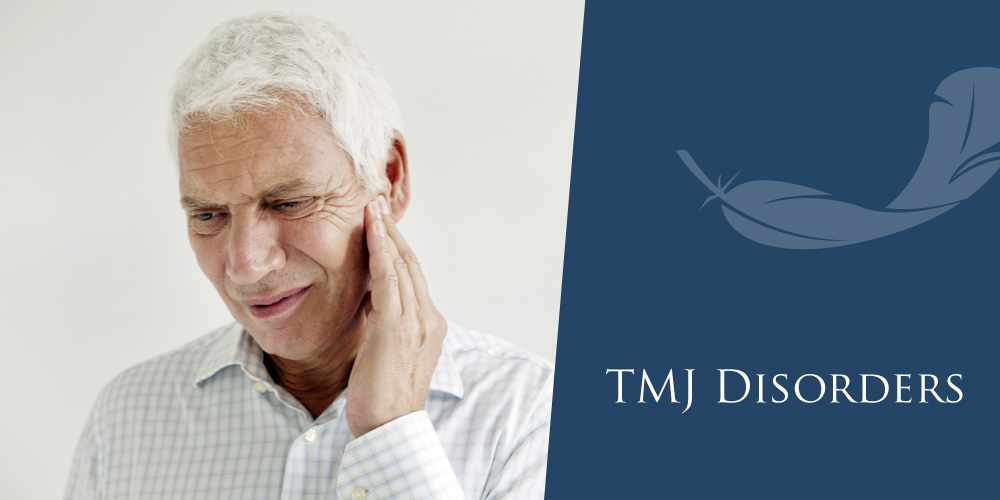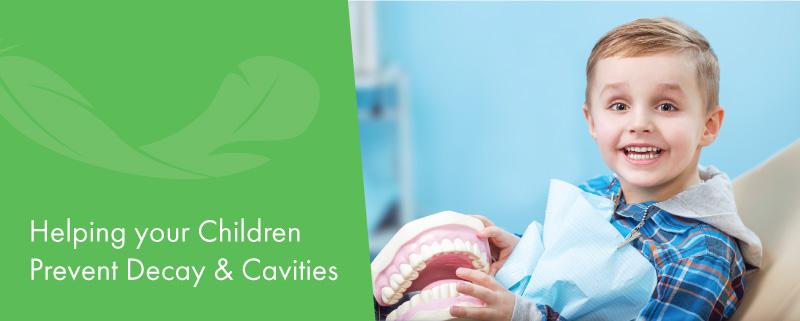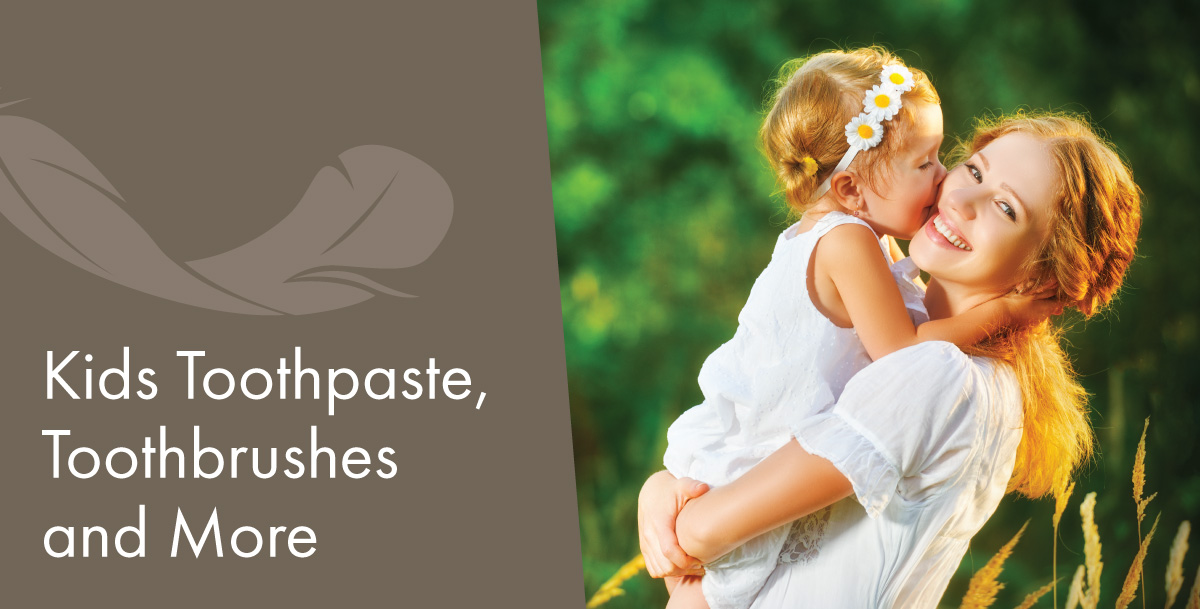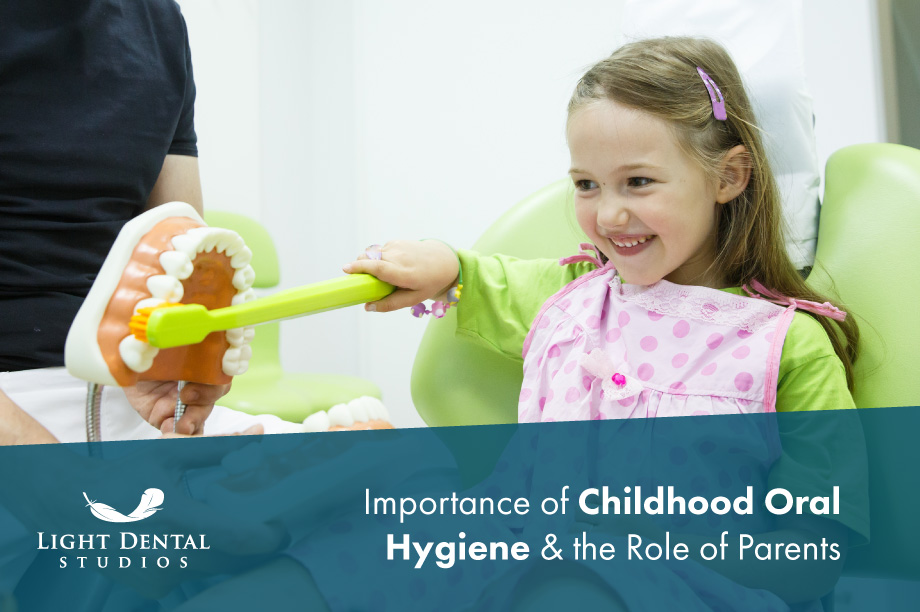
Everyone has a dry mouth once in a while — if they are nervous, upset or under stress.
But if you have a dry mouth all or most of the time, it can be uncomfortable and can lead to serious health problems.
Dry mouth can
- Cause difficulties in tasting, chewing, swallowing, and speaking
- Increase your chance of developing dental decay and other infections in the mouth
- Be a sign of certain diseases and conditions
- Be caused by certain medications or medical treatments
Dry mouth is not a normal part of aging. So if you think you have dry mouth, see your dentist or physician — there are things you can do to get relief.
What is Dry Mouth?
Dry mouth is the condition of not having enough saliva, or spit, to keep your mouth wet.Symptoms Include:
- A sticky, dry feeling in the mouth
- Trouble chewing, swallowing, tasting or speaking
- A burning feeling in the mouth
- A dry feeling in the throat
- Cracked lips
- A dry, tough tongue
- Mouth sores
- An infection in the mouth
What Can be Done About Dry Mouth?
Dry mouth treatment will depend on what is causing the problem. If you think you have dry mouth, see your dentist or physician. He or she can try to determine what is causing your dry mouth.- If your dry mouth is caused by medicine, your physician might change your medicine or adjust the dosage
- If your salivary glands are not working right but can still produce some saliva, your physician or dentist might give you a medicine that helps the glands work better
- Your physician or dentist might suggest that you use artificial saliva to keep your mouth wet
What can I do?
- Sip water or sugarless drinks often
- Avoid drinks with caffeine, such as coffee, tea, and some sodas. Caffeine can dry out the mouth
- Sip water or a sugarless drink during meals. This will make chewing and swallowing easier. It may also improve the taste of food
- Chew sugarless gum or suck on sugarless hard candy to stimulate saliva flow; citrus, cinnamon or mint-flavored candies are good choices
- Don't use tobacco or alcohol. They dry out the mouth
- Be aware that spicy or salty foods may cause pain in a dry mouth
- Use a humidifier at night
- 7:32:00 PM
- 0 Comments





